Click on Image to Expand
Polar Bear Expedition Monument, Troy, Michigan
The American military intervention at Archangel, Russia, at the end of World War I, nicknamed the "Polar Bear Expedition," is a strange episode in American history. Ostensibly sent to Russia to prevent a German advance and to help reopen the Eastern Front, American soldiers found themselves fighting Bolshevik revolutionaries for months after the Armistice ended fighting in France. At some point, they named themselves the Polar Bears.
During the summer of 1918, the U. S. Army's 85th Division, made up primarily of men from Michigan and Wisconsin, completed its training at Fort Custer, outside of Battle Creek, Michigan, and proceeded to England. While the rest of the division was preparing to enter the fighting in France, some 5,000 troops of the 339th Infantry and support units (one battalion of the 310th Engineers, the 337th Field Hospital, and the 337th Ambulance Company) were issued Russian weapons and equipment and sailed for Archangel, a Russian port on the White Sea, 600 miles north of Moscow within the Arctic Circle.
The strategy of the expedition's commanders was to advance south and east to join Russian and foreign anti-Bolshevik armies hundreds or even thousands of miles away. Fighting during the winter of 1918–1919 was concentrated in six areas scattered across Archangel Province in a semicircle south of the city. The Americans had a number of intense skirmishes, the most famous of which, the Battle of Toulgas, was fought 200 miles south of Archangel, ironically on Armistice Day for the war.
Morale declined over the grim winter with the troops—who were experiencing hit and run raids and growing dissatisfaction with the British command of the mission—increasingly feeling forgotten and confused about their mission. They were withdrawn the following spring.
The Michigan Connection
Click on Image to Expand
Kiosk 1 at the Memorial
The Troops in Russia
Click on Image to Expand
Click on Image to Expand
There Are Few Combat Action Photos for the Polar Bears
Retrieving and Honoring the Fallen
Click on Image to Expand
Kiosk 2 at the Memorial
Memorial Site: White Chapel Cemetery, Troy, MI
Click on Image to Expand

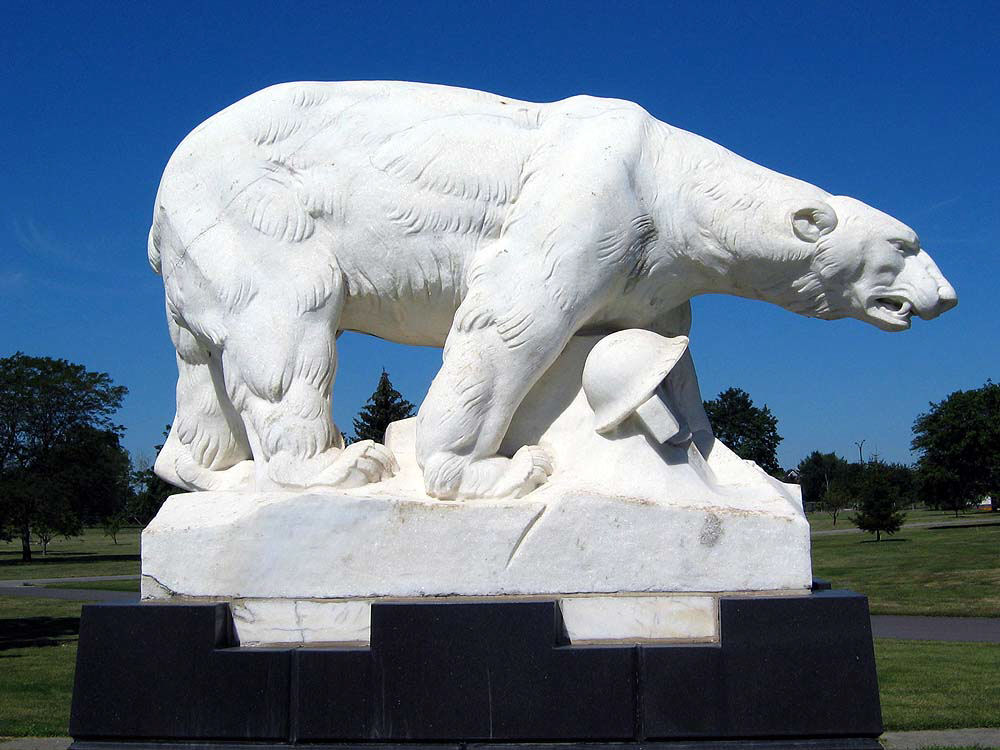

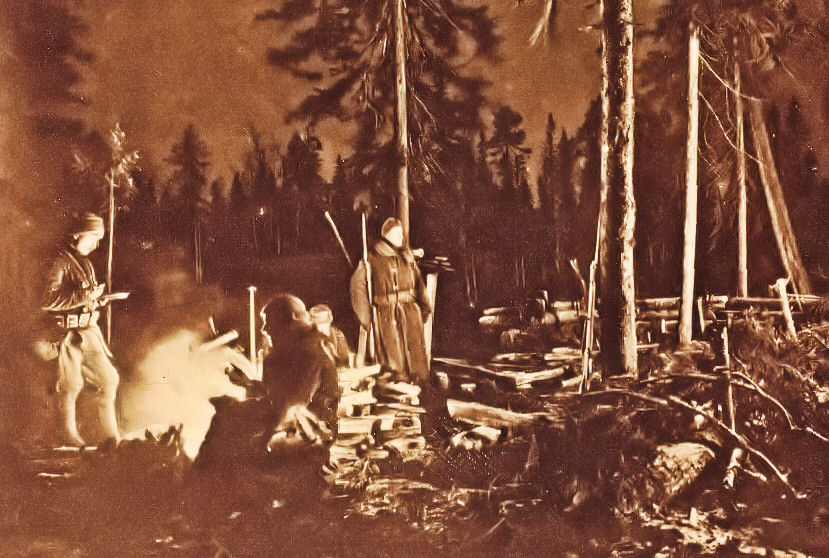
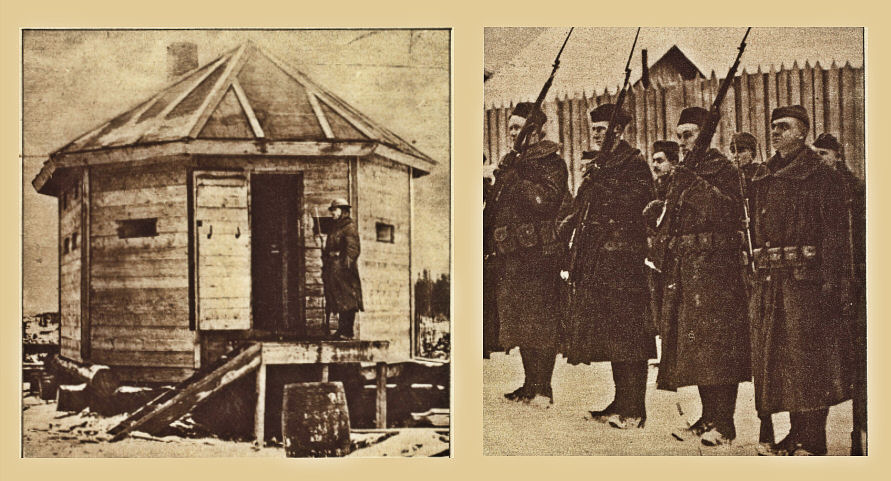
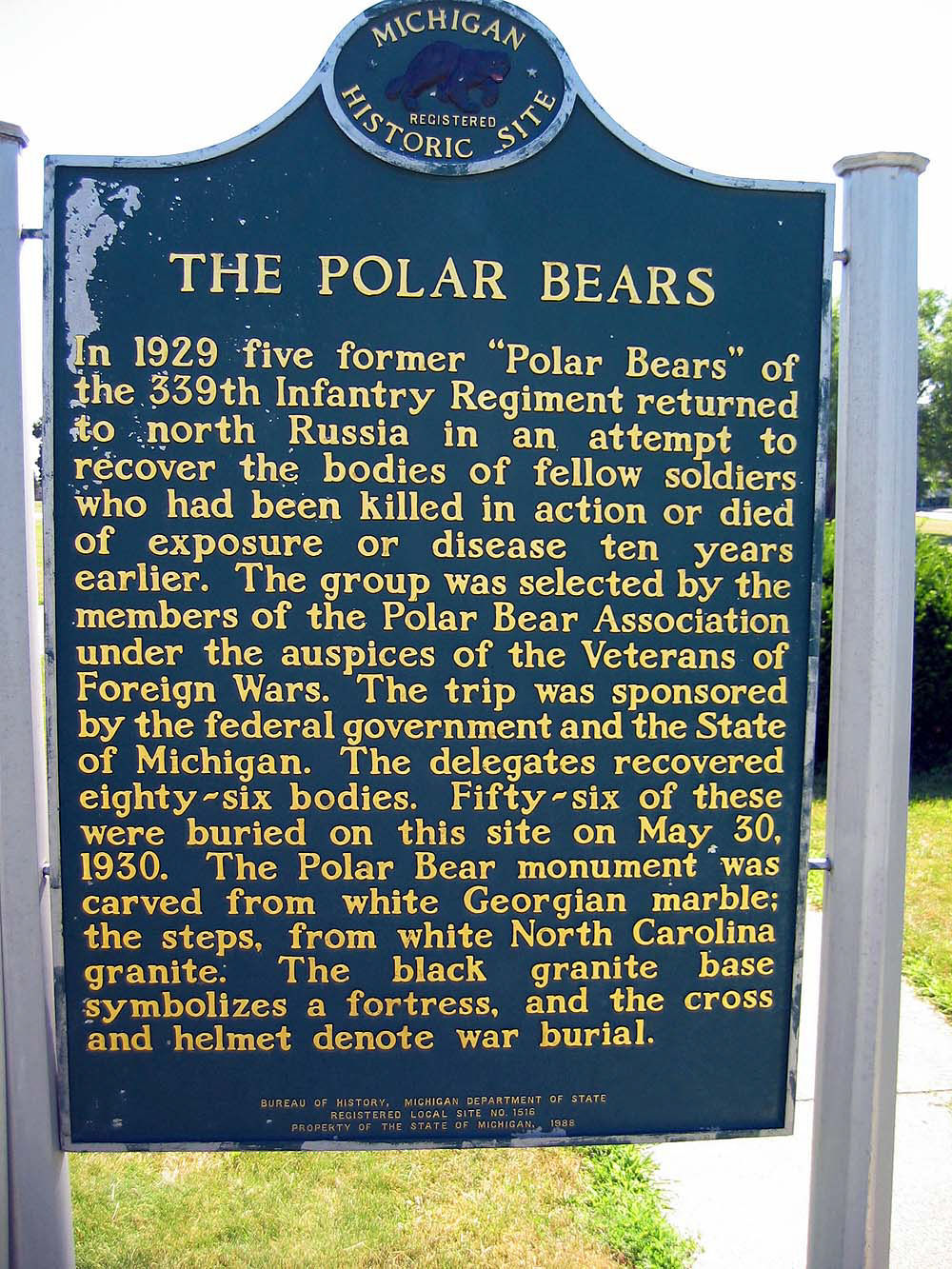
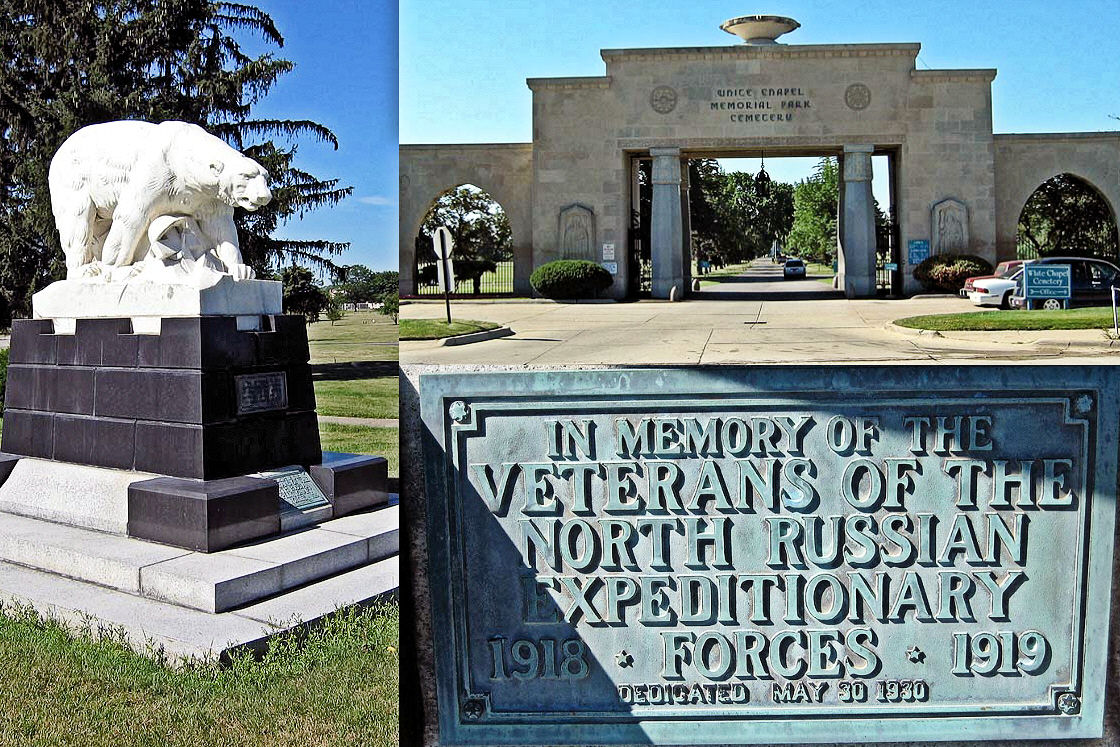
There is a large collection of Polar Bear artifacts at Michigan's Own Military and Space Museum in Frankenmuth, MI.
ReplyDeleteWere the fallen soldier brought home from Russia?
ReplyDeleteYes SJC, on kiosk #2 it indicates 86 were brought home, with 56 buried at the cemetery where the monument is located.
DeleteMike
SJC - You might also be interested that those who died in Northern Russia but whose bodies were never recovered, are honored at the Meuse-Argonne Cemetery. I believe there were about 23 soldiers included on the memorial panel.
DeleteMike
Thank you Mike, will try to obtain a book that will contain the details of the fallen soldiers.
ReplyDeleteSJC
What does the white polar bear symbolize on the monument? A guardian angel of the soldiers?
ReplyDeleteThe men were deployed in the far north of Russia, where polar bears live, at least the boys thought they did.
DeleteThere is a collection of information and roster of troops at the University of Michigan Bentley library. Or online quod.lib.umich.edu
ReplyDeleteMy Grandather survived this ordeal and I remember hearing stories as a child. I can appreciate this much more now.
A FEW YEARS BACK I FOUND A REFRENCE THAT INDICTED A SHRIMPLIN FAMILY MEMBER WAS A MEMBER OF THE POLR BEAR EXPEDITION,,,,,,HOW DO I FIND HIS FIRST NAME??? THANKS FRANK SHRIMPLIN, family historian
Deletefra2nk27@yahoo.com
Consider this article regardng the polar bear Baska who was a mascot for Polish troops during this unknown action. The photograph in this article resembles the monument a great deal!
ReplyDeletehttp://www.bbc.com/news/uk-scotland-edinburgh-east-fife-38677354
My great great grandfather was a member of the polar bear division. When I was 4 years old I remember him telling a story of how cold it was. He and several others suffered severe frost bite but endured in order to stay alive and stop communism. God Bless all who fought in that battle and every battle ever fought in the name of freedom. His gravestone reads Polar Bear division Archangel Russia.
ReplyDeleteI think my grandfather was a Polar Bear. He was from Flint. After the war he spent months, im told, in a "sanitarium." Tuberculosis? How do I find out for sure or get info? Anyone know? Thanks. V/r, John
ReplyDeleteJohn;
DeleteWhat was his name?
My grandfather, Anthony Wojciechowski, was a Polar Bear. I wish I had written down his war stories.
ReplyDeleteMy grandfather William Benner served as a railroad mechanic in the 167th Transportation Corps during the Polar Bear Expedition.
ReplyDeleteMy grandfather's name was Lawrence McDonald. I found out that, indeed, he did serve. Wish i could find out more about those guys --pictures, stories.... Must have been brutal.
ReplyDeleteMy grandfather was Capt, later Major Mike Donoghue. I've seen it spelled a few different ways. I believe he was in K company of 339th. I have a copy of information that was gathered by someone years ago regarding his participation. It may be a duplicate of what's available already but would b interested in providing it to someone for the record. Bob Donoghue
ReplyDelete